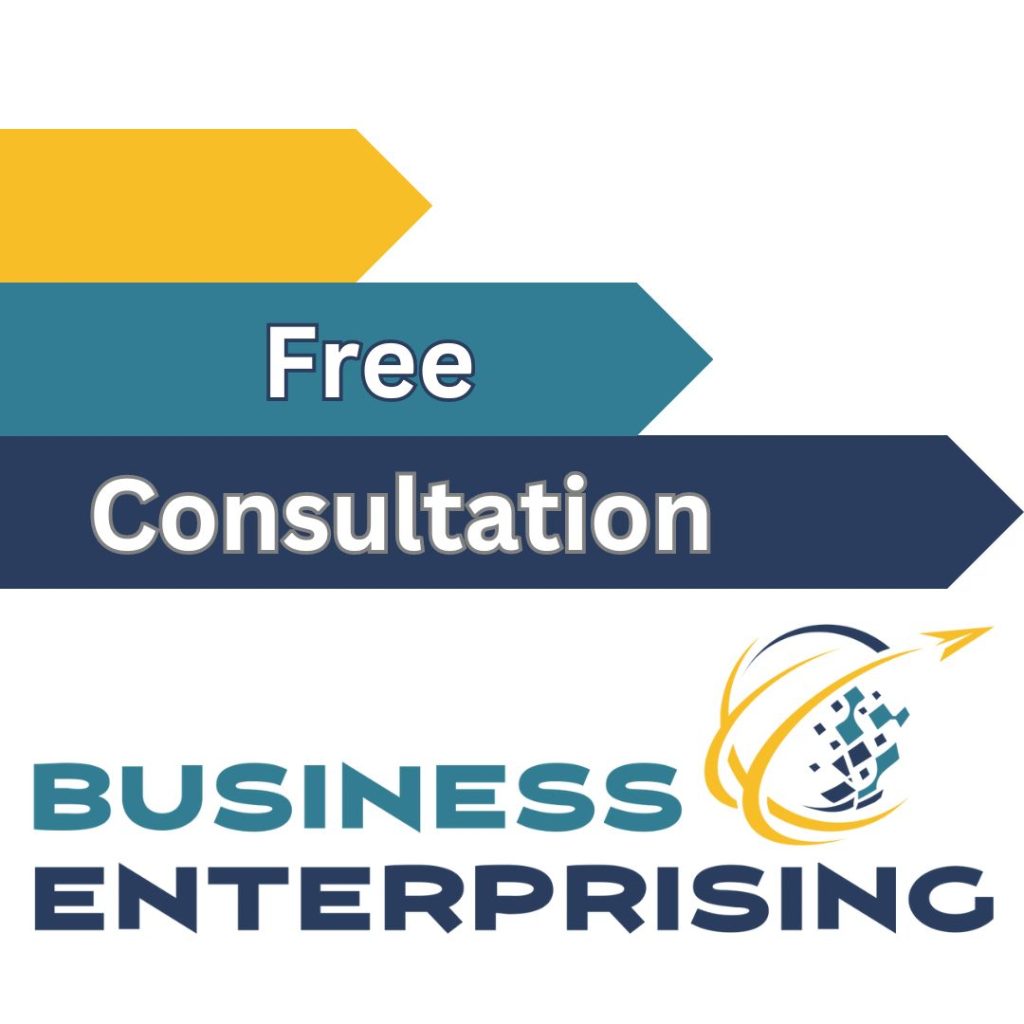
This structure also emphasizes teamwork, encouraging employees to work together across various functions. By creating a culture of openness, a Boundaryless Organization can boost engagement and build trust within the team. For businesses navigating a fast-paced environment, this approach offers a powerful way to stay agile and competitive.
Introduction to Boundaryless Organization: Origins and Concept
Jack Welch popularized the concept of the Boundaryless Organization during his leadership at General Electric (GE) in the 1980s. He believed that organizations function best when they remove traditional barriers, fostering open communication and collaboration across functions. This approach aimed to break down silos, allowing information and ideas to flow freely between departments, hierarchies, and even with external partners.
The Boundaryless Organization challenges the rigid structures of traditional business models. Instead of strict divisions, it promotes a flexible, interconnected system where employees and teams can collaborate without being confined to their departmental roles. Welch saw this model as a way to improve efficiency, speed, and adaptability. In a boundaryless setup, departments work together, reducing duplication of efforts and enhancing innovation.
At its core, a Boundaryless Organization values openness, transparency, and adaptability. By removing traditional constraints, it aims to create a more agile business that can respond quickly to market changes. This approach can lead to improved morale, as employees feel more empowered and connected to the organization’s goals. As a result, the Boundaryless Organization has become an influential model for companies seeking flexibility and a competitive edge in a fast-changing environment.
Key Characteristics of a Boundaryless Organization
A Boundaryless Organization is defined by its flexibility, openness, and focus on cross-functional collaboration. Unlike traditional structures, this model removes rigid barriers, allowing employees to work across departments and roles. Flexibility is a core feature, enabling teams to adapt quickly to changes in the market or internal priorities. By encouraging a dynamic structure, a Boundaryless Organization promotes faster decision-making and problem-solving.
Openness is also central to the Boundaryless Organization. Open communication across all levels fosters transparency and builds trust, as employees feel more connected to the organization’s goals. This openness encourages the free exchange of ideas, which can lead to innovative solutions and improvements in processes. By sharing information widely, employees are empowered to contribute to decisions that may go beyond their formal roles.
Cross-functional collaboration further defines the Boundaryless Organization. Teams are encouraged to collaborate regardless of departmental divisions, which can enhance creativity and efficiency. This collaborative environment allows employees to leverage diverse skills and perspectives, ultimately strengthening the organization’s performance. With an informal structure, the Boundaryless Organization breaks away from traditional hierarchies, promoting an inclusive, supportive workplace where employees feel valued and engaged. Together, these characteristics make the Boundaryless Organization a powerful model for companies aiming to thrive in a rapidly changing environment.
Benefits of Implementing a Boundaryless Organization Structure
Implementing a Boundaryless Organization structure offers several key benefits, starting with increased agility. In a boundaryless model, employees can easily work across departments, making it faster to respond to changes. This flexibility allows teams to pivot quickly when new challenges or opportunities arise, which is essential in today’s fast-paced business environment. Without rigid divisions, a Boundaryless Organization can make decisions more efficiently, keeping it competitive and adaptable.
Innovation is another major advantage of the boundaryless approach. By fostering open communication and cross-functional collaboration, this structure allows ideas to flow freely throughout the organization. Employees from different areas contribute their expertise, leading to creative solutions and improved problem-solving. When people work together without traditional boundaries, they can see issues from new perspectives, often discovering opportunities for improvement.
Improved communication also results from a Boundaryless Organization. Open channels for dialogue create a culture of transparency, where employees feel more connected and engaged. Information is shared more easily across all levels, reducing misunderstandings and enhancing teamwork. This sense of connection helps build trust, as employees feel involved and valued. Together, these benefits make the Boundaryless Organization structure a strong option for companies looking to boost agility, creativity, and communication in a supportive, collaborative environment.
Examples of Companies Using a Boundaryless Approach
Several companies have successfully adopted the Boundaryless Organization approach, achieving significant benefits in collaboration and innovation. One notable example is General Electric (GE), where Jack Welch first implemented this model. By removing hierarchical and departmental barriers, GE fostered an environment that encouraged cross-functional collaboration and openness. This approach led to faster decision-making and improved communication. Employees felt empowered to contribute across functions, which strengthened GE’s culture of innovation and responsiveness.
Another example is Google, which uses a boundaryless approach to drive creativity and teamwork. Google encourages employees from different departments to work together on projects, regardless of their formal roles. This open structure allows for a steady flow of ideas, helping Google develop innovative solutions more efficiently. The company also promotes an informal, collaborative environment where employees feel comfortable sharing insights and experimenting with new ideas. This boundaryless setup has contributed to Google’s reputation as a leader in innovation.
W.L. Gore & Associates, known for its Gore-Tex products, also embodies the Boundaryless Organization model. Gore has a flat structure with no traditional hierarchy, allowing employees to take on projects based on their interests and skills. This flexibility has led to strong engagement and creativity, as employees are not confined by formal job titles. Gore’s boundaryless approach has played a key role in its consistent innovation and product development. These companies illustrate how the Boundaryless Organization can enhance agility, communication, as well as innovation, creating a more adaptable and resilient workplace.
Challenges and Potential Downsides of a Boundaryless Organization
While a Boundaryless Organization offers many benefits, it also presents challenges that may complicate daily operations. One key issue is role ambiguity. Without traditional job titles or departments, employees may struggle to understand their specific responsibilities. This lack of clarity can lead to confusion, as people may not know who is accountable for specific tasks. Over time, this ambiguity can create tension or even lower productivity if roles are not clearly defined.
Decision-making complexity is another potential downside. In a Boundaryless Organization, decisions often involve multiple departments and perspectives. While this collaboration can foster innovation, it may also slow down the decision-making process. With more voices contributing, reaching a consensus can become challenging, particularly in urgent situations. If decisions take too long, the organization may miss opportunities or struggle to respond to market changes effectively.
Resistance to change is also a common issue. Moving from a traditional structure to a boundaryless model can be daunting for employees used to clear hierarchies. Adjusting to new expectations may take time and also lead to initial pushback. Some employees may feel uncomfortable without the familiar guidelines of a formal structure. This resistance can create friction, making it harder to fully implement a boundaryless approach. Addressing these challenges carefully can help companies find a balance, maximizing the advantages of a Boundaryless Organization while minimizing its drawbacks.
Steps to Transitioning to a Boundaryless Organization
Transitioning to a Boundaryless Organization requires a careful approach that promotes collaboration and open communication. Start by forming cross-functional teams, allowing employees from different departments to work together on projects. This setup encourages diverse perspectives and breaks down traditional silos. Cross-functional teams can enhance creativity and speed up problem-solving by leveraging each member’s unique expertise.
Fostering open communication is also essential. Encourage transparency by sharing information widely and creating channels for team members to communicate freely. Regular meetings, accessible platforms, and open-door policies can help support this. By creating an environment where people feel comfortable sharing ideas, you build trust and ensure everyone is informed and aligned with company goals. Open communication helps make the transition smoother, as employees understand their role in the boundaryless model.
Redefining roles is another key step in creating a Boundaryless Organization. Shift from rigid job titles to more flexible roles that focus on skills and collaboration. Encourage employees to take on responsibilities beyond their traditional job scope, fostering adaptability. Providing guidelines around role flexibility can help clarify expectations and also reduce confusion. By following these steps, you create a foundation for a successful Boundaryless Organization that values flexibility, engagement, as well as teamwork.
Conclusion
A Boundaryless Organization can transform how you operate, promoting flexibility, collaboration, and innovation across all levels. By breaking down traditional barriers, this approach allows teams to work together seamlessly and adapt to changes quickly. While challenges like role ambiguity and decision-making complexity may arise, thoughtful planning can help you address them effectively.
Transitioning to a boundaryless model involves steps like fostering cross-functional teams, promoting open communication, and redefining roles. With these strategies in place, you create an environment where employees feel engaged, valued, as well as empowered to contribute. Embracing the Boundaryless Organization structure can lead to a more agile, responsive, and also connected workplace that thrives in today’s fast-paced business environment.


